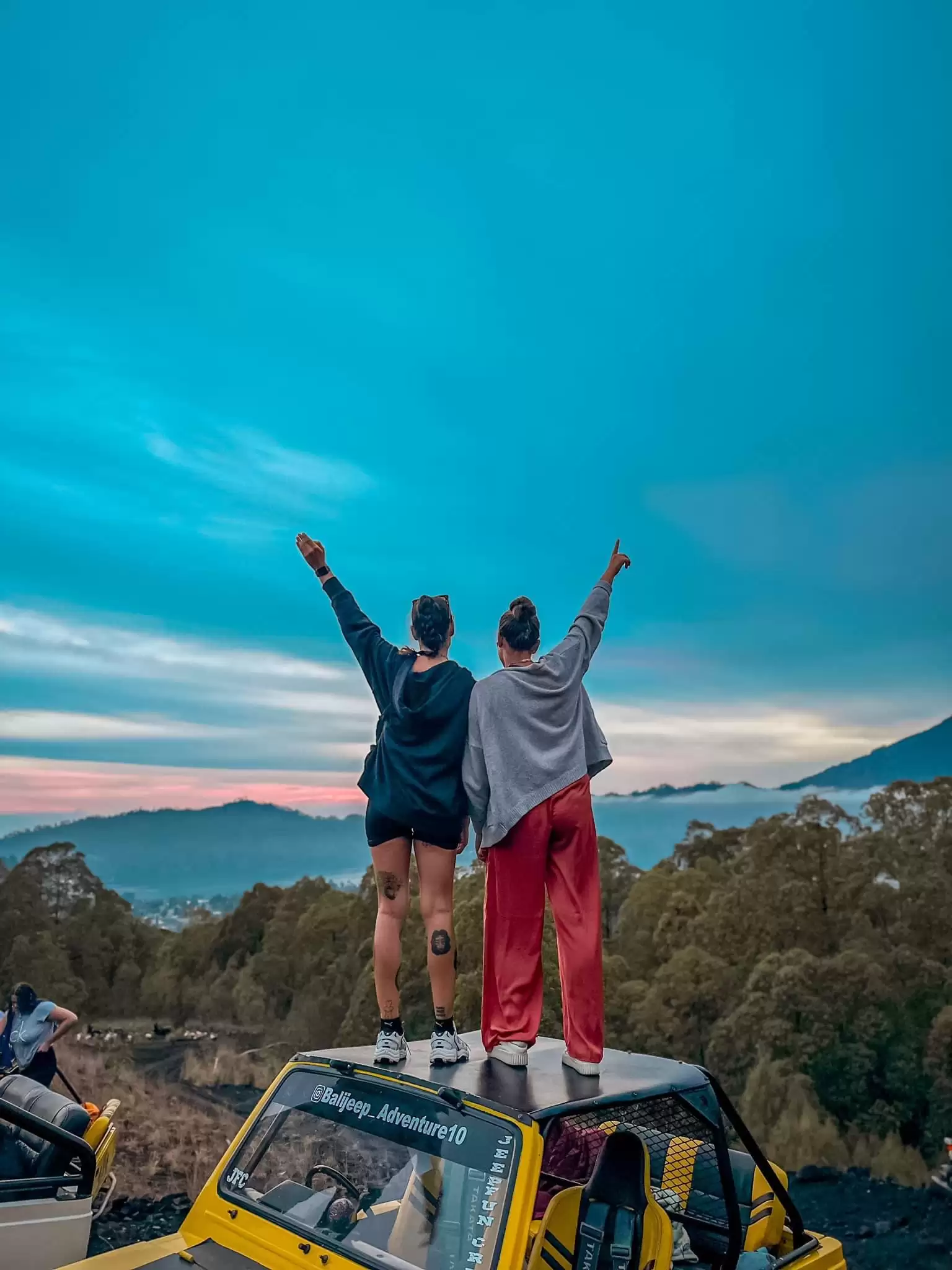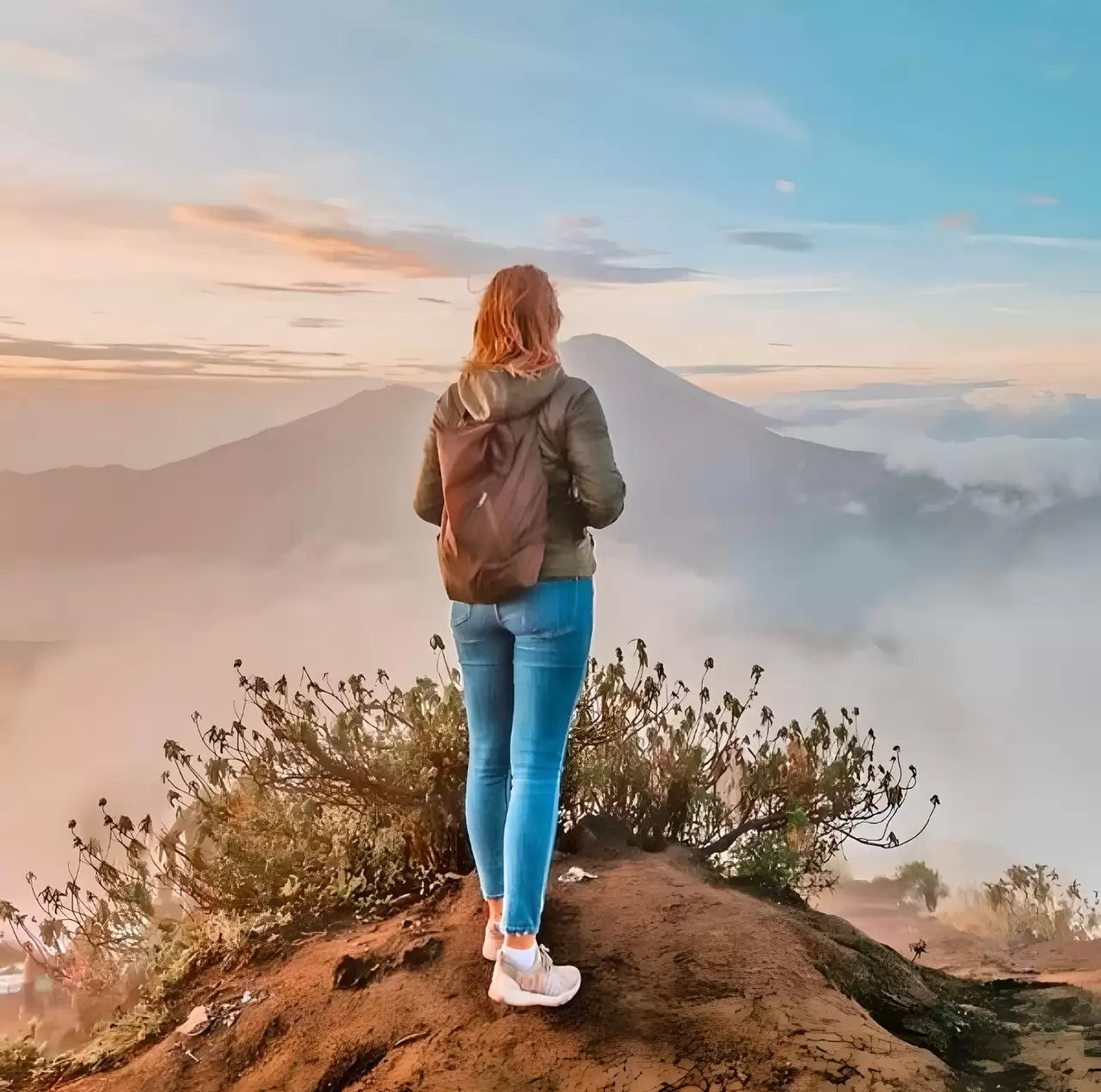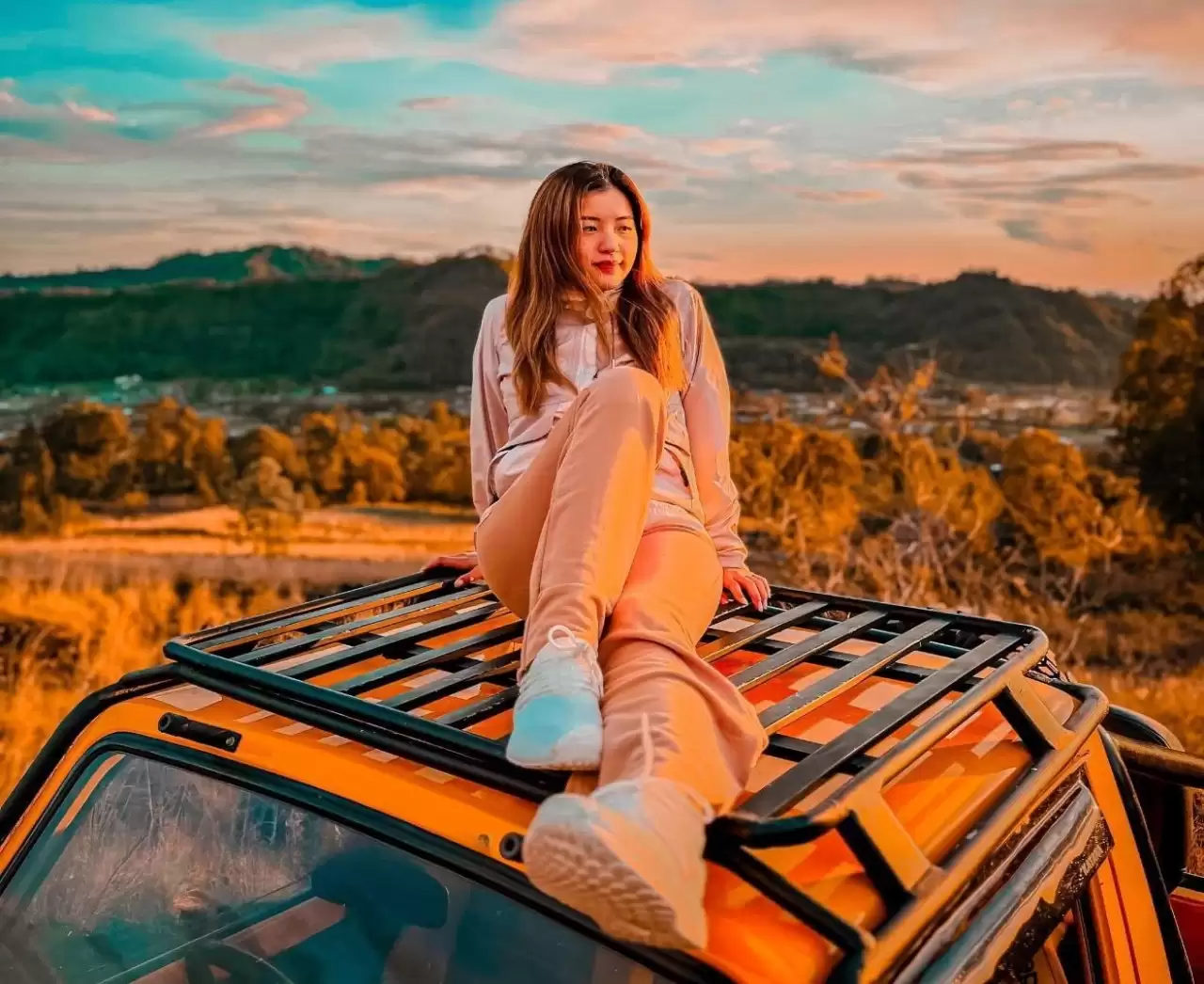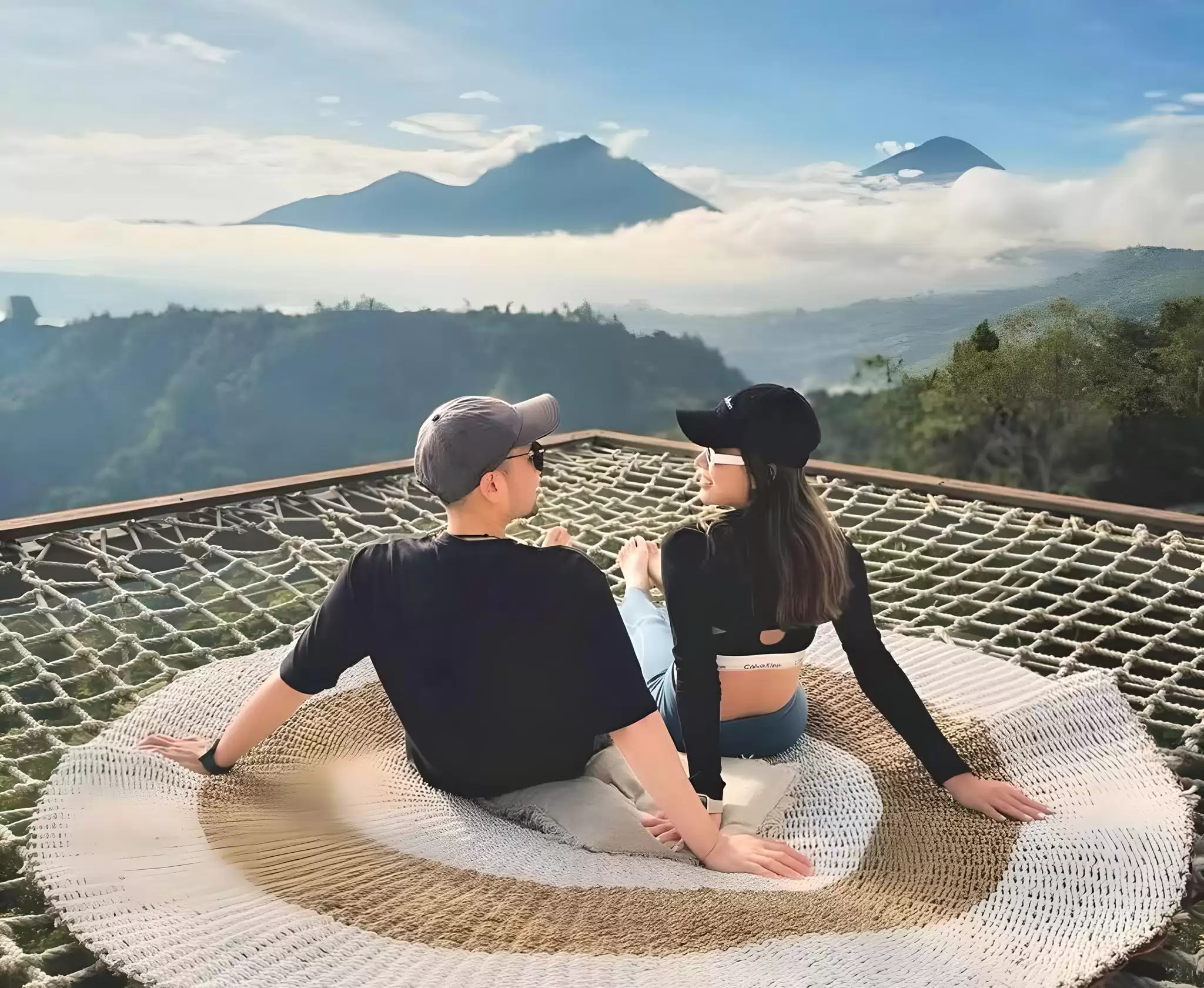What Additional Activities You Should Do After the Mount Batur Hike?
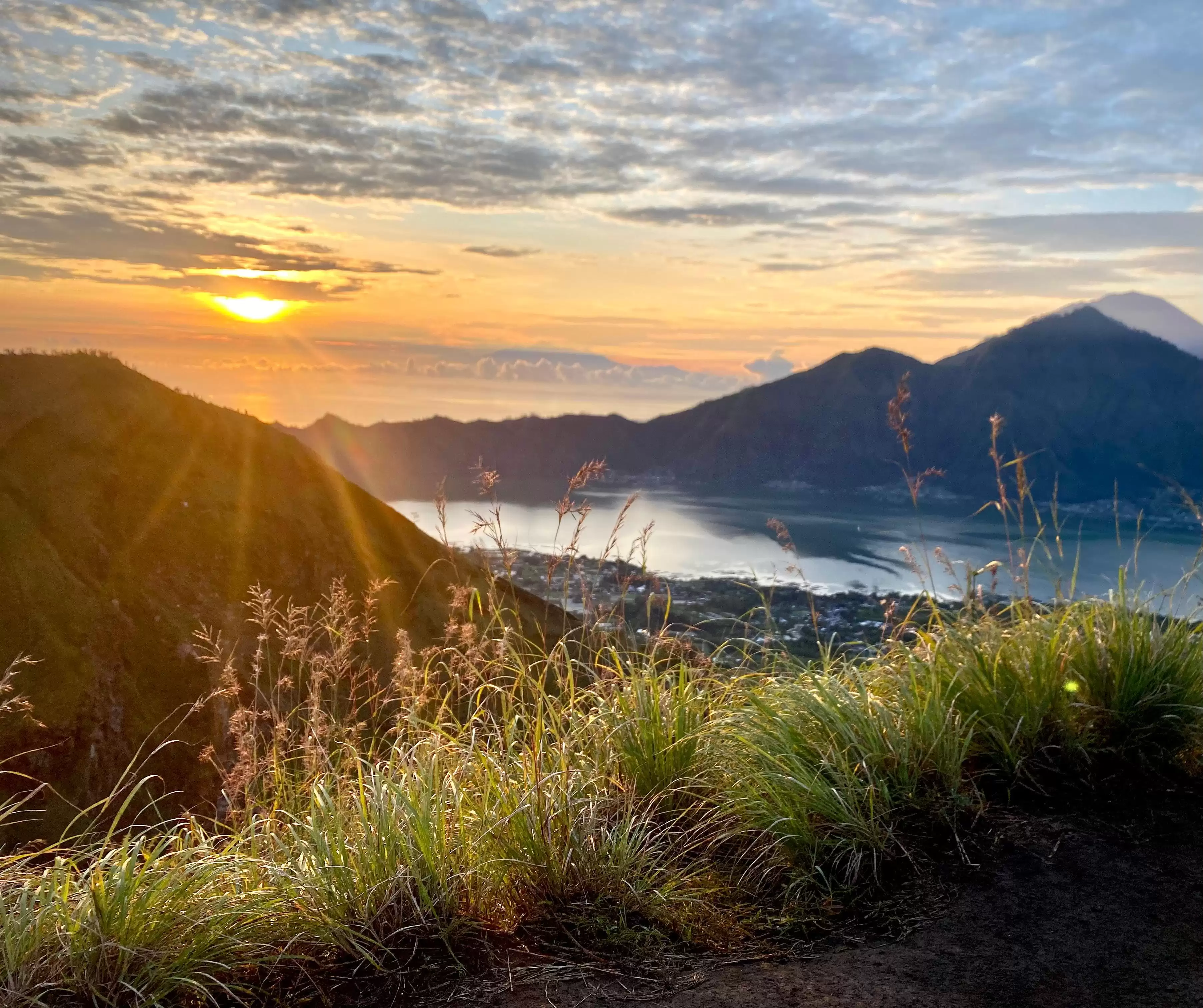
After the Mt Batur sunrise hike, you’ll still have most of the day ahead – and there are some great ways to soak in more of Bali’s natural beauty and culture nearby. So even though the hike finishes early, your adventure doesn't have to end there! Here are some of the most visited place after your hike:
Batur Natural Hot Springs
Batur Natural Hot Springs is one of the best ways to unwind after your Mt Batur hike. Tucked by the edge of Lake Batur, these hot springs offer warm, mineral-rich waters with stunning views of the volcano and surrounding mountains. It’s the perfect spot to relax your muscles after the early morning trek. There are several pools to choose from, some overlooking the lake and others shaded by tropical trees. The vibe is peaceful and calming – no rushing around, just a lovely soak in nature with a view. It’s also a great place to snap a few photos, as the backdrop is just as beautiful as the sunrise you saw earlier. Many Mt Batur tours can include this as an optional add-on, so you can go straight there after your hike for a well-earned soak. Definitely don't skip it if you’ve got a couple extra hours to spare!
The entrance fee to Batur Natural Hot Springs is usually around IDR 190,000 per person (roughly USD 12). This includes access to all the main pools, a towel, and use of basic facilities like showers and changing rooms. There are also slightly more premium options if you prefer extra comfort – like private pools or access to the infinity pool area – which may cost a bit more. It’s best to bring cash, as smaller vendors may not accept cards. All in all, it's a small price to pay for such a relaxing soak with one of Bali’s best views!
Luwak Coffee Plantation
Visiting a Luwak coffee plantation is a fun and surprisingly relaxing way to round off your Mt Batur adventure. These small, family-run farms give you a glimpse into how Bali’s famous (and slightly quirky) Luwak coffee is made – from bean to cup. You'll get to see the traditional roasting process and walk through the plantation where they grow other local herbs, spices, and fruits. The highlight? A casual tasting session where you can sample several varieties of local coffee and tea – including the famous (and very rich) Luwak coffee. It’s all usually set in lush surroundings with mountain or jungle views, making it a lovely place to just sit back and take it all in. Most plantations don’t charge an entrance fee, but you can support them by buying a drink or picking up a bag of beans as a souvenir. Definitely worth a stop if you’re curious about Balinese coffee culture or just fancy a chill coffee break with a view.
If you want to try a cup of the famous Luwak coffee, there’s usually a small charge – around IDR 50,000 to 70,000 (about USD 3–5) per cup. It’s completely optional, but worth a try if you’re curious! You can also support the local farmers by buying some coffee or tea to take home – many travellers love picking up a few packs as souvenirs. Just bring a bit of cash, as not all places accept cards.
Tirta Empul Temple
Tirta Empul Temple is one of Bali’s most important and spiritual sites, known for its sacred spring water where locals and visitors come to take part in traditional purification rituals. Nestled in the hills near Ubud, the temple complex is peaceful and beautiful, with ancient stone carvings, lush gardens, and crystal-clear pools fed by natural springs. The main attraction is the large purification pool where you can join locals in a cleansing ritual, moving from fountain to fountain in prayer and reflection. Even if you don’t take part in the ritual, it’s fascinating to witness and offers a deeper understanding of Balinese Hindu culture. After a busy morning hiking Mt Batur or exploring Ubud, visiting Tirta Empul is a lovely way to slow down and connect with the spiritual rhythm of the island. Don’t forget to wear a sarong – it's required when entering temple grounds.
The entrance fee to Tirta Empul Temple is IDR 75,000 per person (about USD 5), and it includes access to the temple grounds and spring area. If you plan to take part in the purification ritual, you can rent a special bathing sarong on-site for a small fee – usually around IDR 10,000 to 15,000. You’ll also need to wear a regular sarong to enter the temple, but don’t worry if you don’t have one – they’re often included with your ticket or available to borrow at the entrance. Just remember to bring a bit of cash, as most small vendors don't accept cards. It's a small cost for such a meaningful and culturally rich experience!
Tegallalang Rice Terrace
Tegallalang Rice Terrace is one of Bali’s most iconic landscapes – a series of cascading green rice fields that seem to stretch endlessly across the hillside. Located just a short drive from Ubud, it’s the perfect stop if you’re into photography, nature walks, or simply want to soak up classic Bali scenery. You can walk along the edges of the terraces, stroll through the narrow paths between the paddies, and stop at viewpoints for sweeping photos. There are also small cafes and swings where you can sit and enjoy the lush views, and even chat with local farmers working the fields. It’s a peaceful escape from the busy roads, especially if you go early in the morning. Whether you’re after a scenic wander or just want to experience Bali’s traditional farming culture up close, this is one spot you shouldn’t miss.
Entrance to Tegallalang Rice Terrace is usually around IDR 15,000 to 20,000 per person (about USD 1–1.50). Some of the paths through the rice fields are maintained by local farmers, who may kindly ask for small donations – usually IDR 5,000 to 10,000 – if you pass through their section. If you want to try one of the famous swings overlooking the terraces or take part in activities like a zipline or skybike, those come at an extra cost, ranging from IDR 100,000 to 200,000 depending on what you choose. Bring a bit of cash with you and wear comfy walking shoes – it’s a beautiful place to explore, especially in the soft morning light.

